Remember when our homes, cars, and lifestyles incorporated things we never questioned at the time? Looking back through the rose-colored glasses of nostalgia, the 1970s were a wild decade filled with innovations, trends, and everyday objects that seemed perfectly normal then but appear utterly bizarre by today’s standards. Join us for this walk down memory lane as we explore everyday items from the grooviest decade that would raise more than a few eyebrows today.
1. Lead Paint Everywhere

The average American home in the 1970s was quite literally coated in poison, with lead-based paint covering walls, furniture, and even children’s toys despite mounting evidence of its dangers. Parents would unknowingly watch their toddlers chew on window sills and cribs decorated with paint that could cause permanent neurological damage. The Consumer Product Safety Commission didn’t ban lead paint for residential use until 1978, meaning millions of homes built before then still contained this harmful substance well into the decade. Research presented on ScienceDirect argues that lead paint remains a rather present concern in various households.
The truly mind-boggling part was how manufacturers and builders continued using lead paint even as scientific evidence of its dangers mounted through the early ’70s. Schools, hospitals, and public buildings were all constructed with materials we now know were incredibly hazardous to developing brains and bodies. Looking back, it’s astonishing how many of us grew up surrounded by this invisible threat, considered perfectly safe because regulatory agencies hadn’t yet caught up with the science.
2. Cars Without Seatbelts or Safety Features
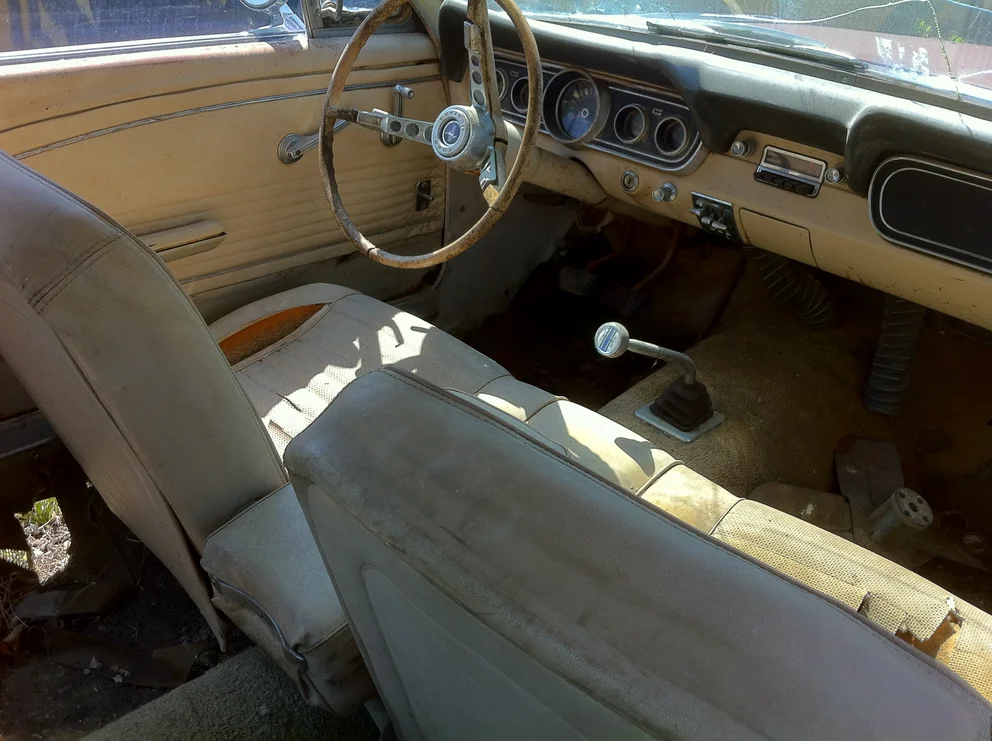
Automobiles in the 1970s were essentially metal death traps on wheels, with minimal safety features and interiors designed with aesthetics rather than survival in mind. Many vehicles came without standard seatbelts, and those that did have them were often left unused since no laws required passengers to buckle up. Children routinely bounced around freely in back seats, station wagon cargo areas, or even parents’ laps in the front seat while traveling at highway speeds. Your AAA Network dives into when seatbelts became mainstream, which is an alarmingly recent change.
The dashboards were hard metal or plastic with protruding knobs and non-collapsible steering columns that could impale drivers during accidents. Car manufacturers fought safety regulations tooth and nail throughout the decade, arguing that features like airbags were too expensive and unnecessary despite evidence they saved lives. It wasn’t until Ralph Nader and consumer advocacy groups raised public awareness that automakers began reluctantly implementing basic safety features we now take for granted.
3. Lawn Darts
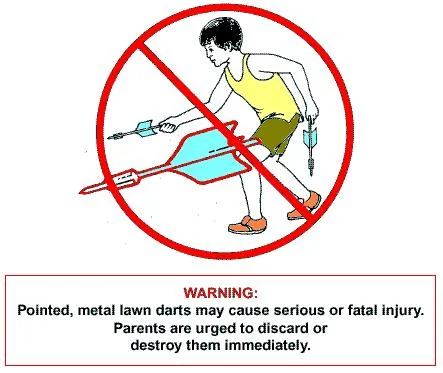
Nothing says “family fun” quite like giving children heavy metal spikes to throw haphazardly around the backyard, which is exactly what lawn darts (often sold under the brand name “Jarts”) offered American families. These oversized darts featured weighted metal tips designed to stick into the ground when thrown toward plastic ring targets during backyard competitions. Parents would casually sip their beverages while kids launched these potential weapons skyward with no protective gear or significant supervision. Mental Floss gives a special shoutout to jarts as one of several perilous toys we played with in the past.
The statistics eventually revealed the obvious danger: between 1978 and 1988, lawn darts sent approximately 6,700 people to emergency rooms with serious injuries, including three deaths. The truly bonkers part is that even after being banned briefly in the early ’70s, manufacturers simply reclassified them as “adult sporting equipment” rather than toys to circumvent safety regulations. It wasn’t until 1988 that these backyard missiles were permanently banned in the United States, though many families kept their sets for years afterward.
4. Asbestos in Everyday Products
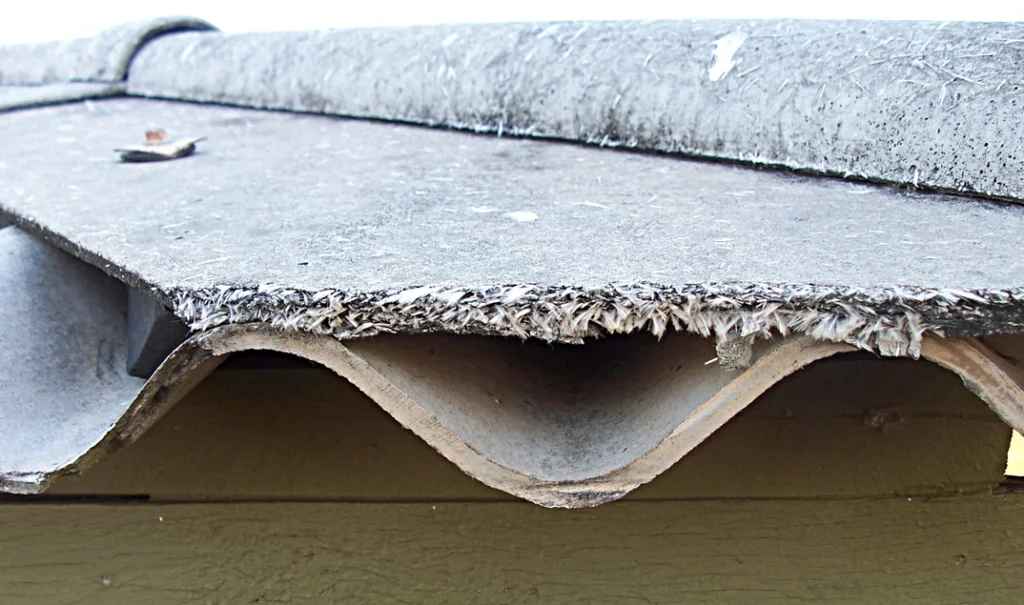
The miracle fiber asbestos found its way into practically every corner of 1970s life, from home insulation and flooring to hairdryers and even children’s modeling clay. Companies marketed asbestos-containing products as fire-resistant and durable without mentioning the devastating health effects that would emerge decades later. School buildings constructed throughout the decade routinely contained asbestos in ceiling tiles, pipe insulation, and floor materials, exposing generations of children to the carcinogenic fibers.
The kitchen wasn’t safe either, with asbestos pot holders, oven mitts, and even some toasters containing the dangerous material to provide heat resistance. Perhaps most shocking was the presence of asbestos in cosmetic talcum powder, which many people applied directly to their bodies or used on babies daily for years. Despite growing scientific evidence of its dangers throughout the decade, asbestos wasn’t significantly regulated until the late ’70s, and many products containing it remained on shelves into the early 1980s.
5. Smoking Absolutely Everywhere

Cigarette smoke created a perpetual haze in restaurants, offices, airplanes, and even hospital waiting rooms throughout the 1970s, with ashtrays considered standard furniture in every public and private space. Parents smoked in cars with windows rolled up while children sat in the back seat, and doctors might light up while examining patients or even performing medical procedures. Television shows and movies featured constant smoking, with characters lighting up in every scene and cigarette companies sponsoring family programming despite growing evidence of health risks.
The workplace was particularly smoke-filled, with no designated smoking areas and non-smokers having absolutely no recourse against secondhand exposure. Many offices, factories, and retail stores remained thick with smoke from opening until closing, with employees consuming multiple packs per shift. Even schools weren’t immune, with designated teacher smoking lounges and some high schools maintaining student smoking areas outside, tacitly acknowledging that teens would smoke regardless of rules against it.
6. Children’s Flammable Pajamas
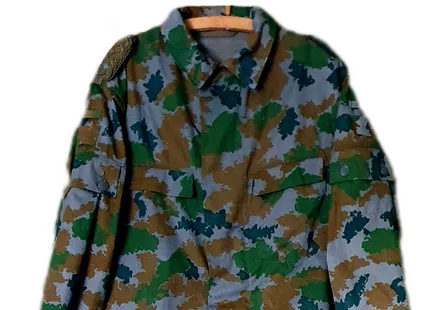
Parents in the 1970s routinely dressed their children in highly flammable sleep attire made from untreated cotton, rayon, and other fabrics that could ignite instantly if exposed to an open flame. Manufacturers initially addressed this danger not by using naturally flame-resistant materials, but by treating children’s sleepwear with toxic flame-retardant chemicals like Tris, which was later discovered to be carcinogenic and could be absorbed through the skin. Millions of children wore these chemically treated pajamas night after night, with the substances washing into their skin and potentially causing long-term health effects we’re still studying today.
The truly baffling part is that even after Tris was banned in 1977 for cancer risks, manufacturers simply switched to other questionable chemical treatments rather than addressing the core design issues. Parents were left with an impossible choice between potentially flammable pajamas or those treated with untested chemicals of uncertain safety. Looking back, it seems incredible that such products were marketed as safety features for children when they introduced new health risks that would take decades to fully understand.
7. Wood-Paneled Everything
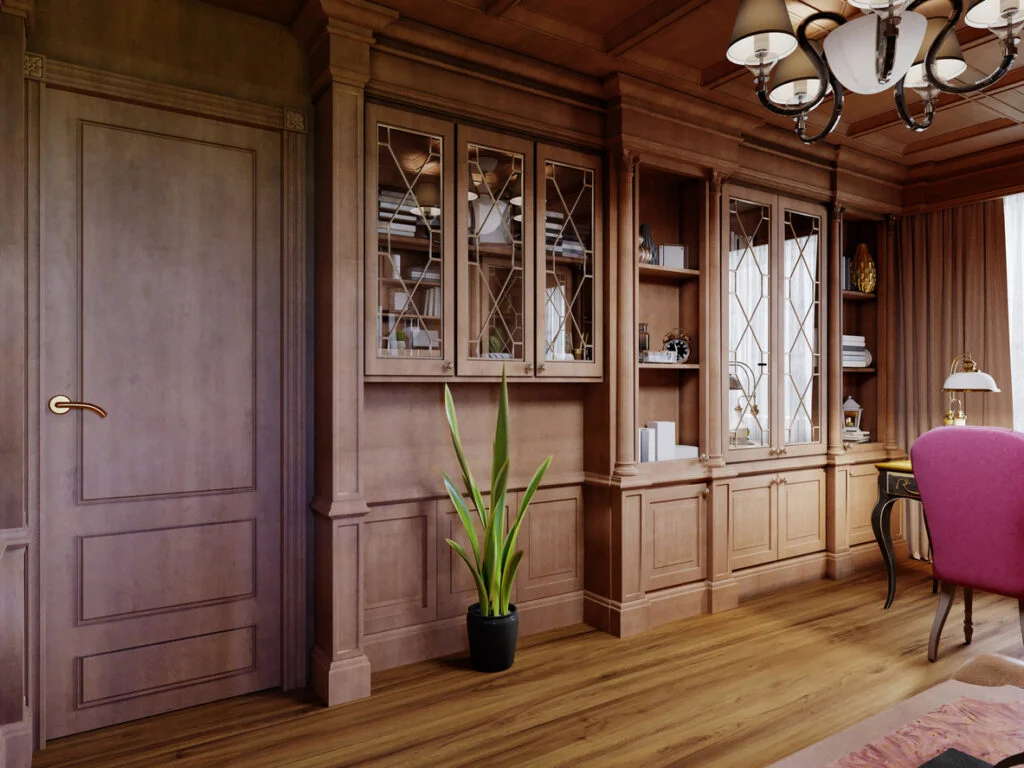
The 1970s home was a shrine to forest destruction, with genuine or faux wood paneling covering walls, ceilings, appliances, and even entire vehicles inside and out. This dark, light-absorbing material transformed living spaces into cave-like environments that required excessive lighting and made modest-sized rooms feel like claustrophobic coffins. Homeowners willingly paid extra to have perfectly good walls covered in this material, sometimes installing it themselves during weekend DIY projects that transformed bright spaces into something resembling the inside of a tree trunk.
The wood-panel aesthetic extended beyond walls to furniture, televisions, stereo equipment, and even small kitchen appliances that all featured the same grain patterns. Station wagons and vans proudly displayed exterior wood paneling that served no functional purpose other than to announce the owner’s commitment to the aesthetic. The environmental impact of this trend was significant, with forests harvested to produce veneer for products that would be ripped out by future homeowners, making the 1970s wood panel craze one of history’s most short-sighted design obsessions.
8. Microwaving in Plastic
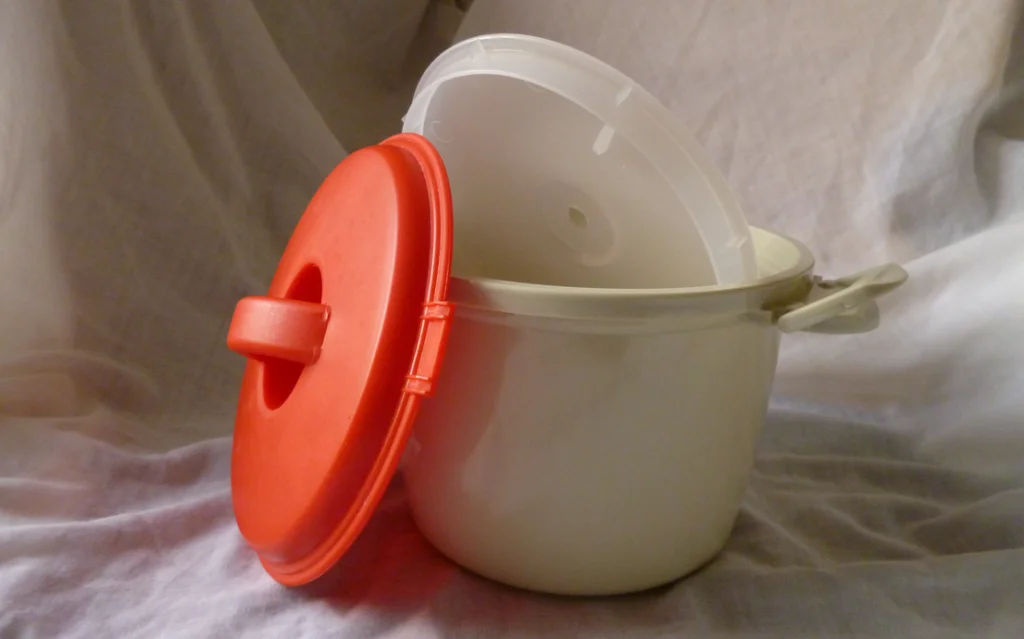
The introduction of home microwave ovens in the 1970s brought with it a cavalier attitude toward heating food in plastic containers never designed for such use. Families would microwave leftovers in margarine tubs, whipped topping containers, and other random plastic items with no concern for chemicals potentially leaching into their food. Manufacturers even produced plastic cookware specially designed for microwave use, though these products contained BPA and phthalates we now know can disrupt hormones and cause other health problems.
Television commercials actively encouraged consumers to heat food in plastic wrap that would partially melt into their meals, promoting this as a convenient feature rather than a health concern. Frozen dinners came in plastic trays containing stabilizers and chemicals that would transfer directly into food when heated to high temperatures. The general attitude was one of complete trust in manufacturers and new technology, with virtually no questioning of whether heating food in petroleum-based products might have downsides we’d discover decades later.
9. Casual Hitchhiking
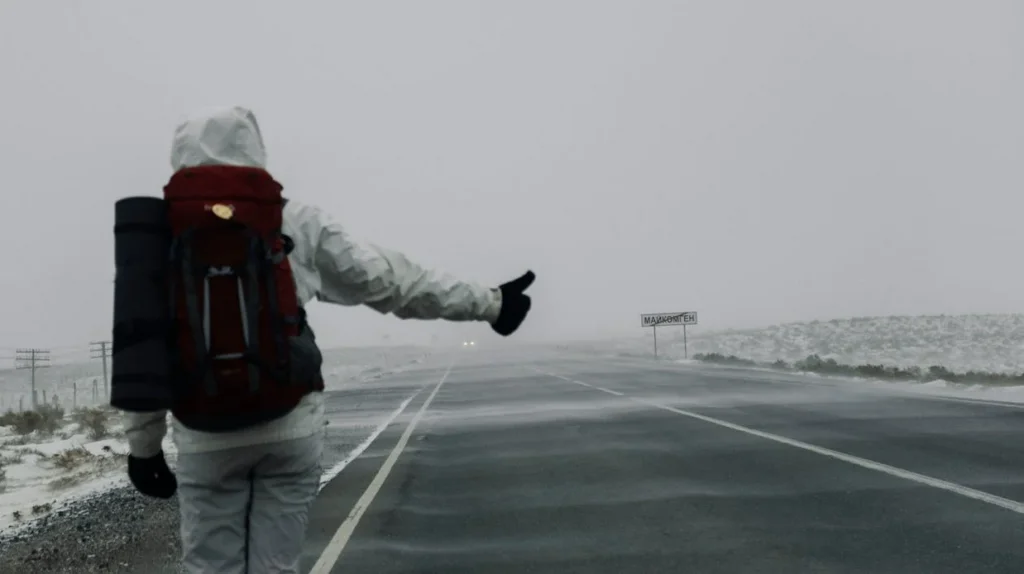
Hitchhiking was a mainstream transportation method throughout the 1970s, with people of all ages regularly accepting rides from complete strangers without a second thought. College students would hitchhike hundreds of miles home for holidays, and families might pick up multiple hitchhikers during road trips, seeing it as a friendly gesture and opportunity for interesting conversation. Movies and television normalized the practice, portraying hitchhiking as an adventure rather than the potentially dangerous activity we consider it today.
Parents would allow teenagers to hitchhike to school, work, or social events when family cars weren’t available, with minimal concern beyond basic advice like “trust your instincts.” What’s particularly striking is how this occurred during the same decade that saw high-profile crimes involving hitchhikers, yet the practice remained common until the early 1980s. The casual trust extended to both hitchhikers and drivers creates a stark contrast to today’s society, where getting into a car with a stranger requires multiple safety features, GPS tracking, and background checks through rideshare apps.
10. Extremely Dangerous Playground Equipment

Playgrounds in the 1970s resembled medieval torture chambers more than safe spaces for children, featuring equipment installed over concrete or packed dirt rather than protective surfaces. Towering metal slides would reach scorching temperatures in summer sun, causing painful burns on children’s legs, while merry-go-rounds could reach dangerous speeds with nothing to prevent children from being flung off by centrifugal force. The jungle gyms and climbing structures stood at heights that would be unimaginable today, with no safety features to prevent serious falls beyond perhaps a child’s own developing sense of self-preservation.
The most notorious playground death trap was the giant stride, a maypole-like structure with hanging chains that children would grip while running in circles to become airborne. These contraptions could reach terrifying velocities and frequently caused injuries when children collided or were dragged when unable to maintain their grip. Even seemingly innocent equipment like seesaws could become launching pads when one child would suddenly jump off, sending their much smaller partner crashing down to the unforgiving ground below without the shock-absorbing materials standard in modern playgrounds.
11. Constant Second-Hand Smoke for Children
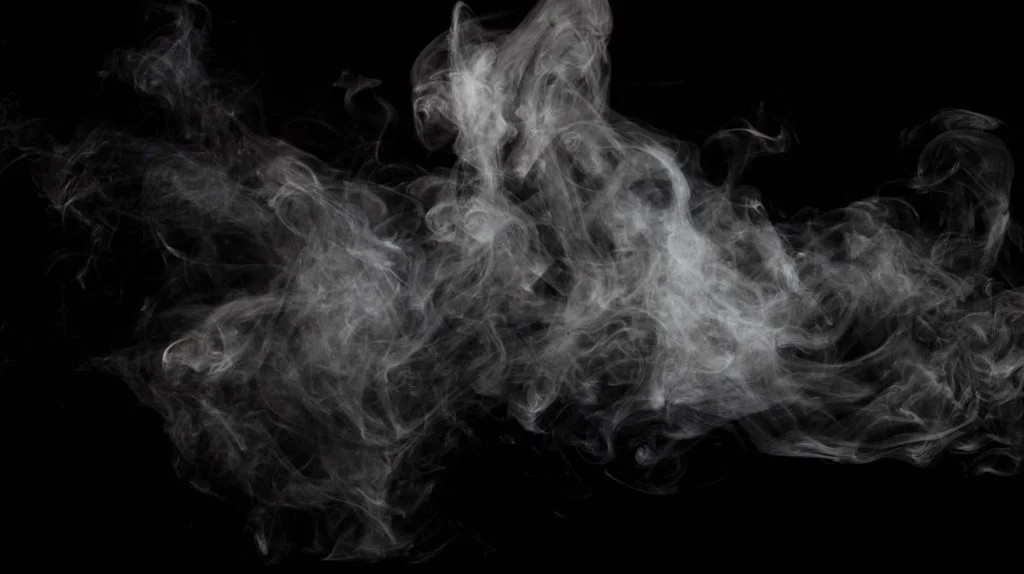
Children in the 1970s were essentially involuntary smokers, absorbing secondhand smoke at home, in restaurants, during car rides, and even in schools where teachers might light up in lounges with doors open to hallways. Parents hosted dinner parties where guests created a blue haze that lingered for hours while children slept upstairs, breathing in carcinogenic particles all night long. Babies were routinely held by smoking adults who saw nothing wrong with exhaling near an infant’s developing lungs, and pregnant women received little or no guidance about smoking’s effects on fetal development.
Family road trips meant hours confined in sealed vehicles filled with cigarette smoke, regardless of whether children complained about burning eyes or coughing. The medical community had begun documenting links between secondhand smoke and health problems, yet the cultural norm remained firmly on the side of smokers’ rights rather than children’s health. Looking back, the most shocking aspect isn’t just the ubiquitous smoke itself but the complete social acceptance of exposing children to known carcinogens in virtually every environment they inhabited.
12. Open Chemical Storage
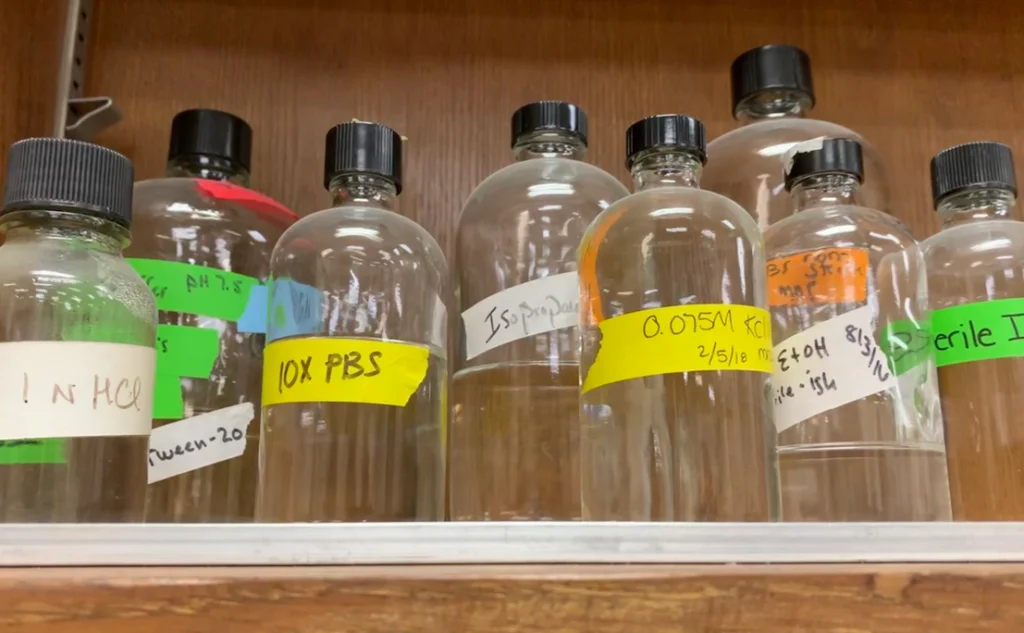
The typical 1970s garage or basement resembled an unregulated hazardous waste site, with open containers of industrial solvents, pesticides, and cleaning chemicals stored within easy reach of curious children. Families kept gasoline in uncapped glass jars, paint thinner in food containers, and powerful pesticides like DDT (until its 1972 ban) in cabinets secured with nothing more than a flimsy latch, if secured at all. Lawn chemicals strong enough to kill every living organism would be stored in unlabeled containers next to garden tools where children played.
Home cleaning products contained harsh ingredients like trichloroethylene, phenol, and formaldehyde, often stored under kitchen sinks with no childproof caps in sight. The casual approach extended to medication, with prescription drugs frequently kept in easily opened containers on bedside tables or medicine cabinets accessible to anyone. Parents occasionally warned children that these substances were “not candy,” but otherwise took remarkably few precautions with chemicals that could cause serious harm or death if ingested, creating household environments that modern safety experts would consider criminally negligent.
As we look back at these everyday aspects of 1970s life, it’s clear we survived more by luck than design. The decade’s casual approach to safety, chemicals, and environmental hazards reflected a society still transitioning from post-war optimism to consumer protection awareness. While nostalgia often paints the past in warm, comforting hues, acknowledging these bonkers aspects of ’70s life helps us appreciate the genuine progress we’ve made in public health, product safety, and environmental consciousness. So the next time you buckle your seatbelt, avoid secondhand smoke, or safely store household chemicals, take a moment to thank the consumer advocates, scientists, and regulators who helped make these once-radical safety measures simply common sense.


